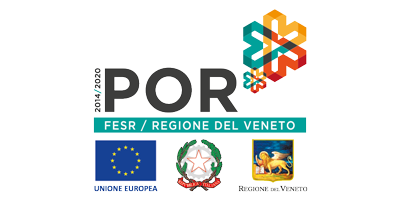Editorials
The ILSA VIRIDEM® biostimulants are working out and it shows!
25/07/2016
VIRIDEM® called and plants responded!
This was the verdict in favour of the new Biostimulants of the ILSA VIRIDEM® Programme, thanks to early field evidence found in 2016. The farmers who trusted the Italian company, which has been engaged for years in developing innovative plant-based solutions to increase production and final quality of crops, were rewarded by the results achieved.
Starting from this year’s early vegetative stages, the VIRIDEM® biostimulants applied on stone fruits, table grapes and vegetable crops have met the specific needs of farmers. And the year is not over yet: the final results on wine grapes and other crops harvested in autumn/winter are awaited to toast to another wonderful year all about ILSA.
Below are shown, synthetically, just some of the important results achieved to date.
Cherry tree
In a year marked by several problems due to sudden cold spells, which caused cracking on the fruits of early varieties and unsuccessful fruit set on later varieties, the applications of ILSANOBREAK, ILSAFORMA and ILSAKOLORADO allowed increasing the size of cherries, reducing cracking and standardising ripening and colour more than in non-treated fields.
Cassano Murge (Bari): the foliar applications of ILSANOBREAK and ILSAFORMA on early varieties (Bigarreau in the picture) allowed achieving a good fruit size and limiting scraps due to cracking (20%), which exceeded 50% in many crops in the province of Bari.
Cassano Murge (Bari): the applications of ILSAGIRMA (in fertigation) and ILSAVEGETUS (foliar) allowed for a relevant increase in the fruit set percentage for late varieties (Ferrovia in the picture) and, therefore, in cherries harvested.
Cassano Murge (Bari): the foliar applications of ILSAFORMA and ILSAKOLORADO allowed having cherries (Ferrovia variety) of a more uniform size and larger caliber (> 28) than in the non-treated fields. In addition, simultaneous colouration and ripening was made possible, which reduced harvesting times and costs, differently from many other areas in the province.
Apricot tree
As with this stone fruit also, an abnormal springtime made difficult the early growth resumption stages until fruit set, which resulted in lower final quality basically everywhere. The applications of ILSAVIVIDA, ILSAFORMA and ILSAKOLORADO, though, gave great results in terms of both vegetative vigour and production.
Metaponto (Matera): just two foliar applications of ILSAVIVIDA on the Tsunami variety encouraged better plant growth and a more intense green colour, which means greater photosynthetic activity.


Table grapes
The season goes on positively, even though this crop has also been thrilled to some extent by springtime. The applications of ILSAVIVIDA and ILSAFORMA (together with FITOCELL) in the rachis elongation stage yielded the expected results, better than in pergola training where synthetic hormones were also used. The final size isn’t known yet, but an important first step has been taken towards this other goal.
Rutigliano (Bari): the applications of ILSAVIVIDA and ILSAFORMA resulted in a greater length of the rachis,
which in early June was 27 cm on average for the Ilsa test group compared to 21 cm for the control group.
Tomato
In Sicily, during the last greenhouse harvests in May, it was possible to assess the action of ILSAFORMA and ILSAKOLORADO, which led to an increase in size and more simultaneous colouration and ripening.
Vittoria (Ragusa): ILSAFORMA and ILSAKOLORADO, applied on tomatoes of the Creativo variety, allowed achieving a greater average fruit size (28 g) than in the control group (25 g) and reducing the time between the harvesting of the lower trusses and that of the upper ones.
Lettuce
ILSASTIMSET (in fertigation) and ILSARODDER (through the leaves) were tested on lettuce in order to assess their starter effect on the early vegetative stages. The results speak for themselves: a more intense green colour and a greater vegetative vigour led to a much higher quality than in the control group.
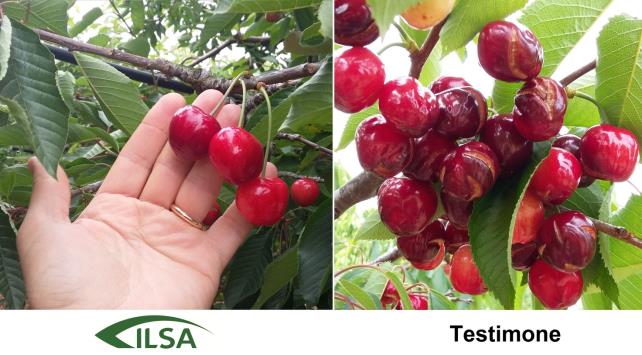
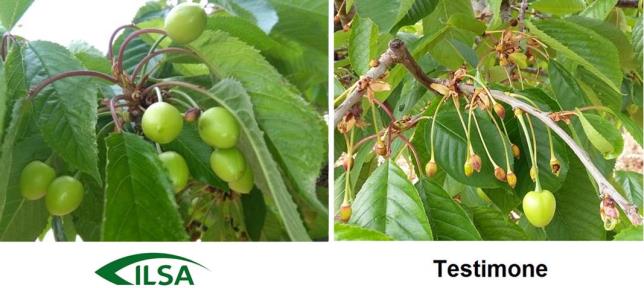

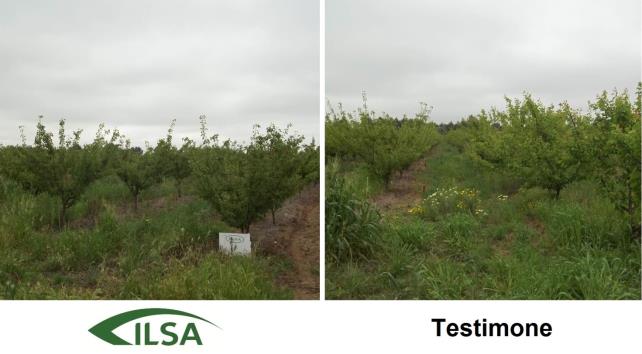

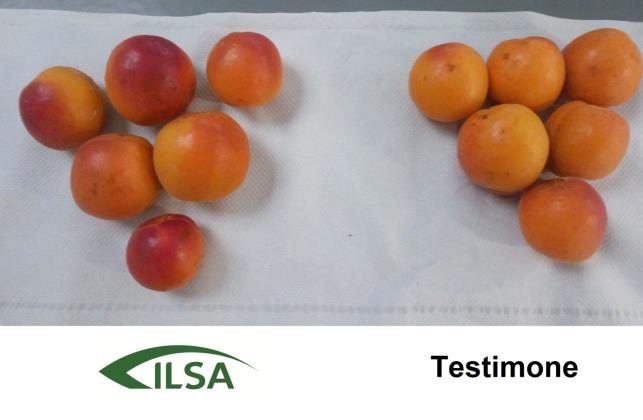
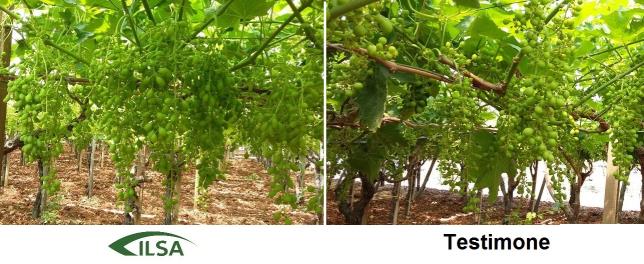

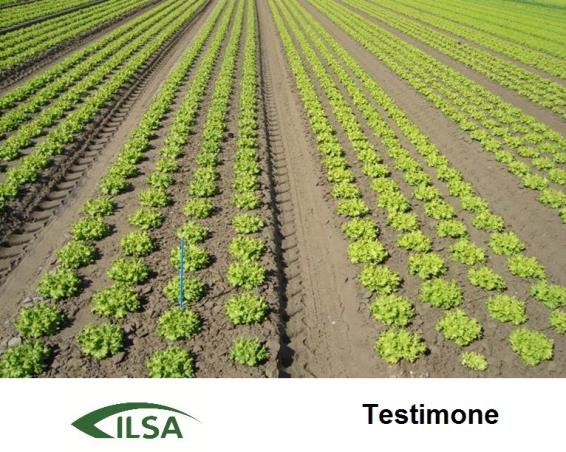



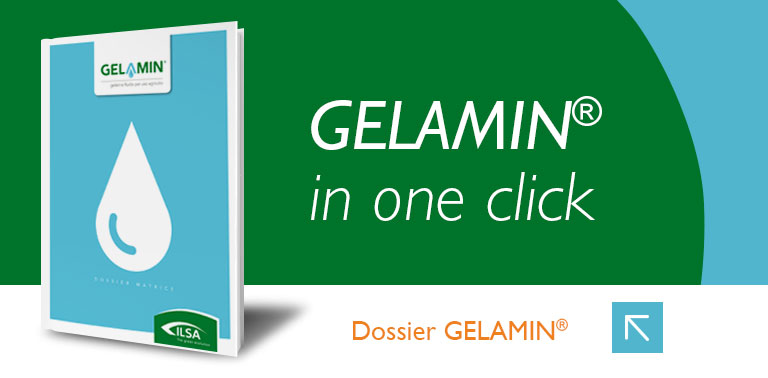
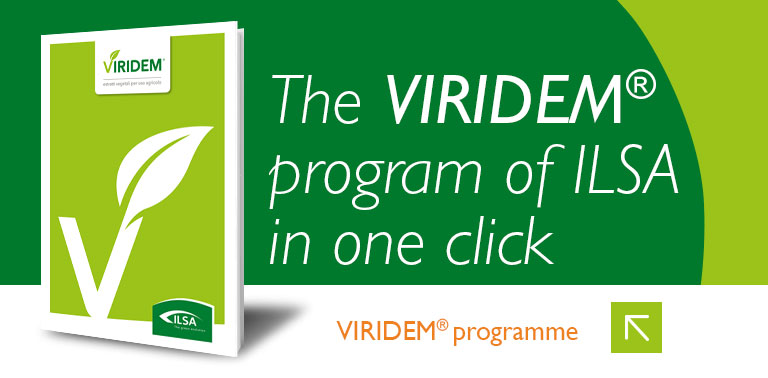
.png)
